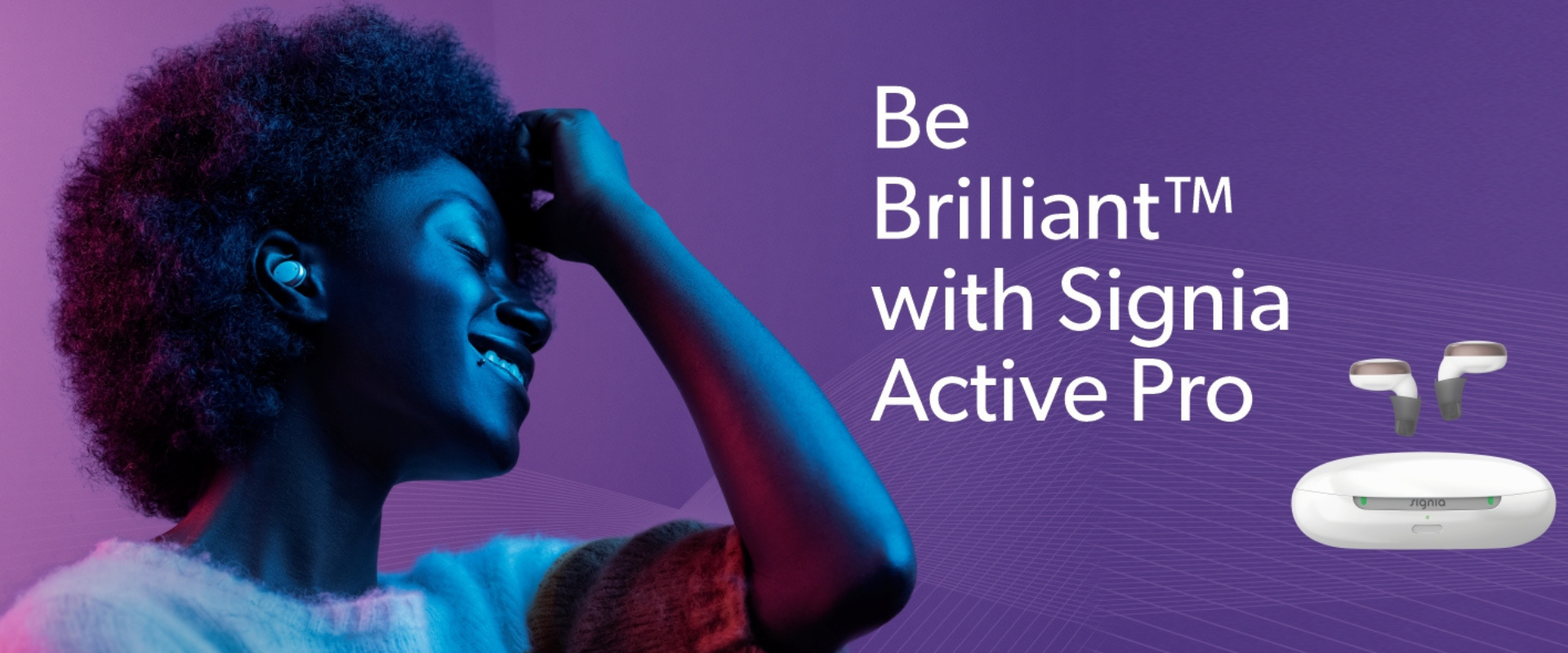
UNILATERAL OR BILATERAL? DECODING THE BEST HEARING AID FIT FOR YOU
When considering hearing aid fittings, an important question often arises: should a hearing aid be fitted in one ear (unilateral) or both ears (bilateral)? This decision can significantly affect both short- and long-term hearing outcomes.
Unilateral Fittings
A unilateral hearing aid fitting involves equipping only one ear with a hearing device. This approach might be chosen for several reasons:
- Cost considerations
- Asymmetric hearing loss (one ear has better hearing than other)
- Convenience (managing one hearing aid is simpler, particularly for older adults)
- Binaural interference (aiding both ears can cause processing difficulties, making unilateral fitting preferable)
Bilateral Fittings
A bilateral fitting equips both ears with hearing aids, aligning with the natural design of binaural hearing. This approach enhances spatial awareness and speech recognition in noisy environments.
- Bilateral users generally report greater satisfaction and better outcomes in complex listening situations.
- Localization of sounds and understanding speech in noisy environments improve with bilateral fittings.
- Bilateral fittings are associated with higher long-term usage persistence, particularly for individuals with symmetric hearing loss.
Clinical Recommendations
- Opt for Bilateral Fittings: When feasible, bilateral fittings should be the default recommendation due to their superior outcomes in most scenarios.
- Prioritize the Better Ear: For asymmetric hearing loss requiring unilateral fitting, choose the ear with better hearing.
- Consider Individual Factors: Cost, dexterity, and lifestyle factors should guide personalized recommendations.
While both strategies have their merits, the choice should ultimately be guided by the patient’s specific hearing profile, preferences, and lifestyle. Clinicians must weigh the advantages of enhanced spatial hearing and noise differentiation with bilateral aids against the simplicity and cost-effectiveness of unilateral options. By leveraging evidence-based insights, patients can achieve optimal hearing outcomes tailored to their unique needs.


